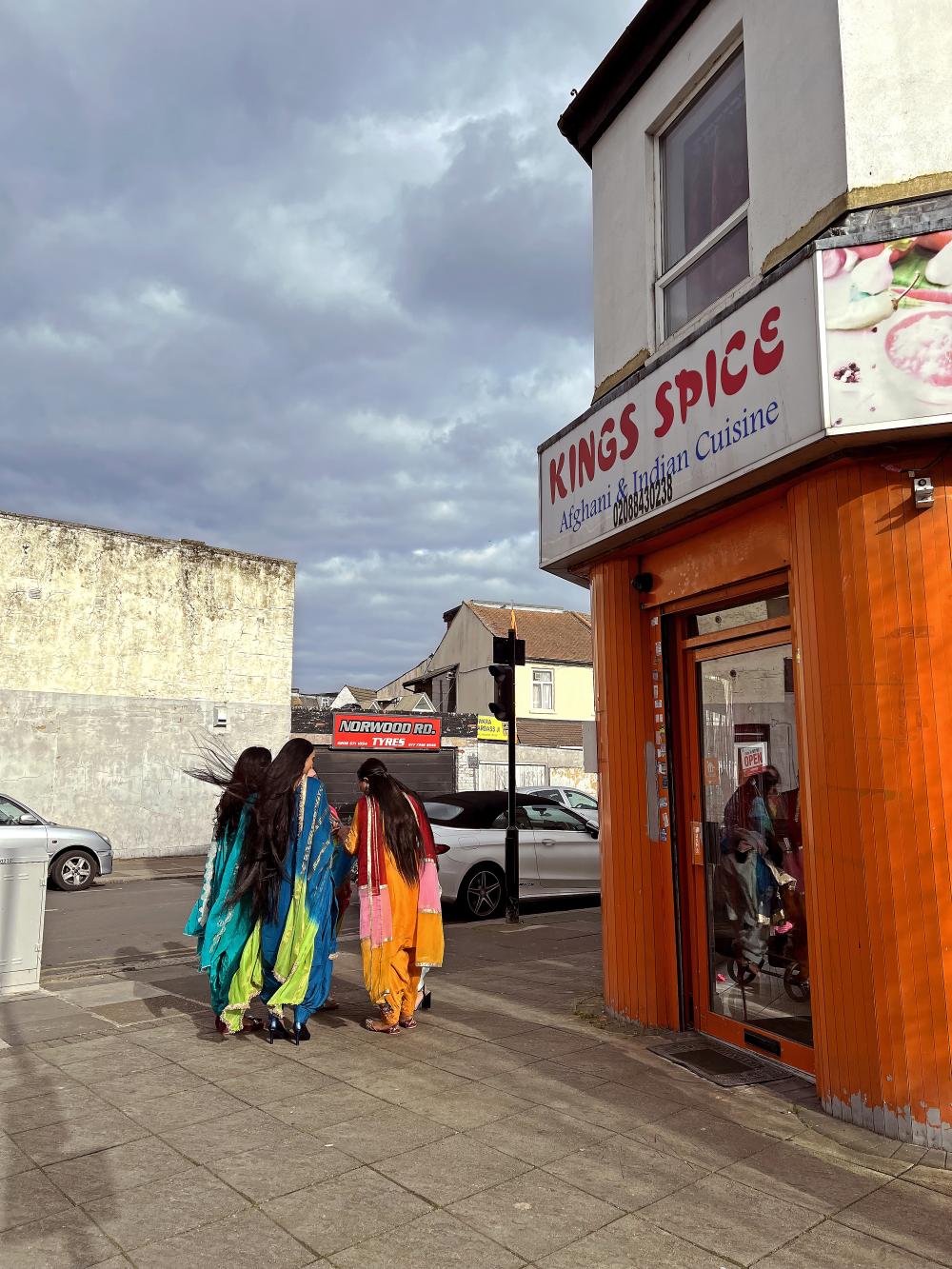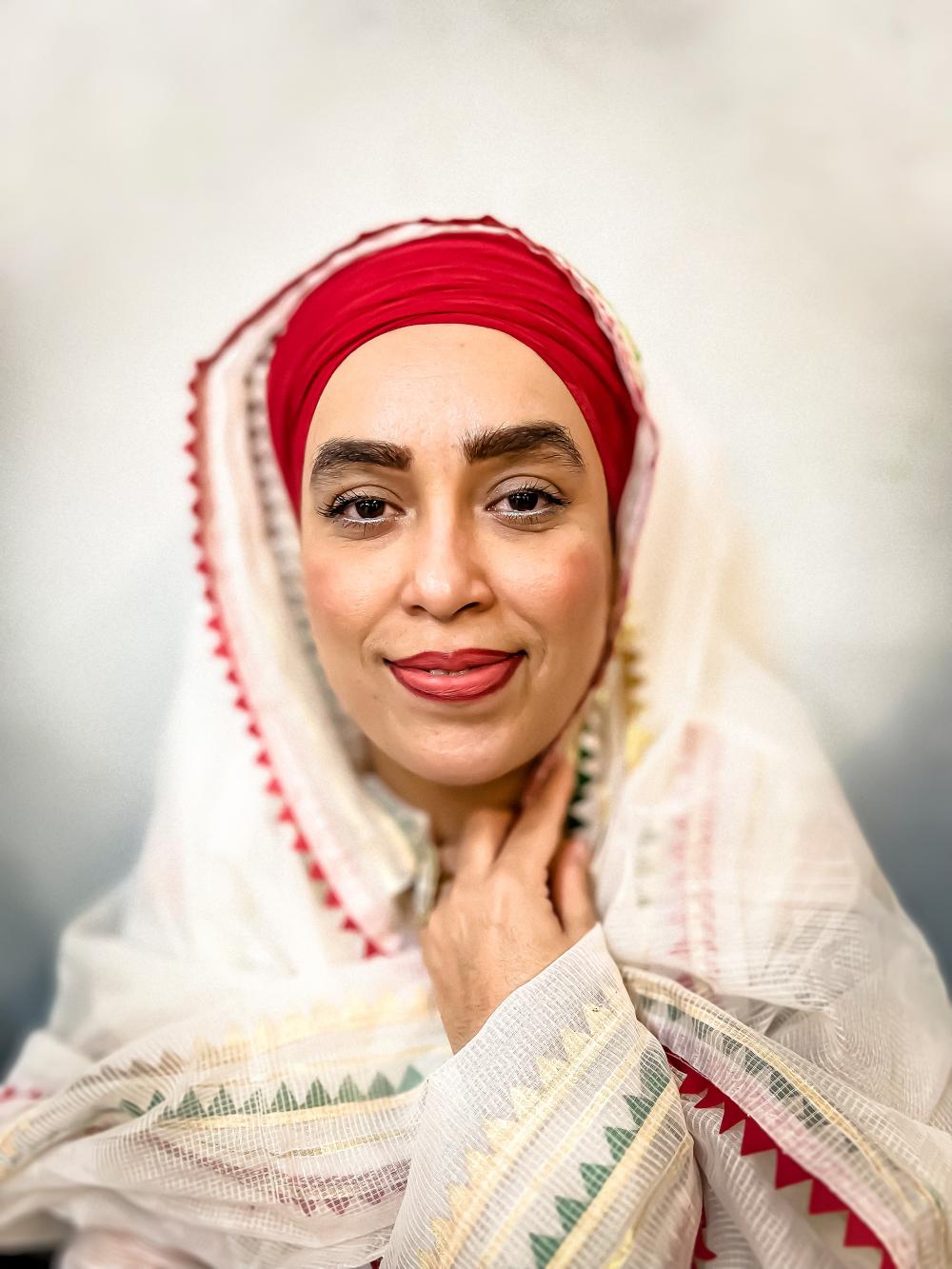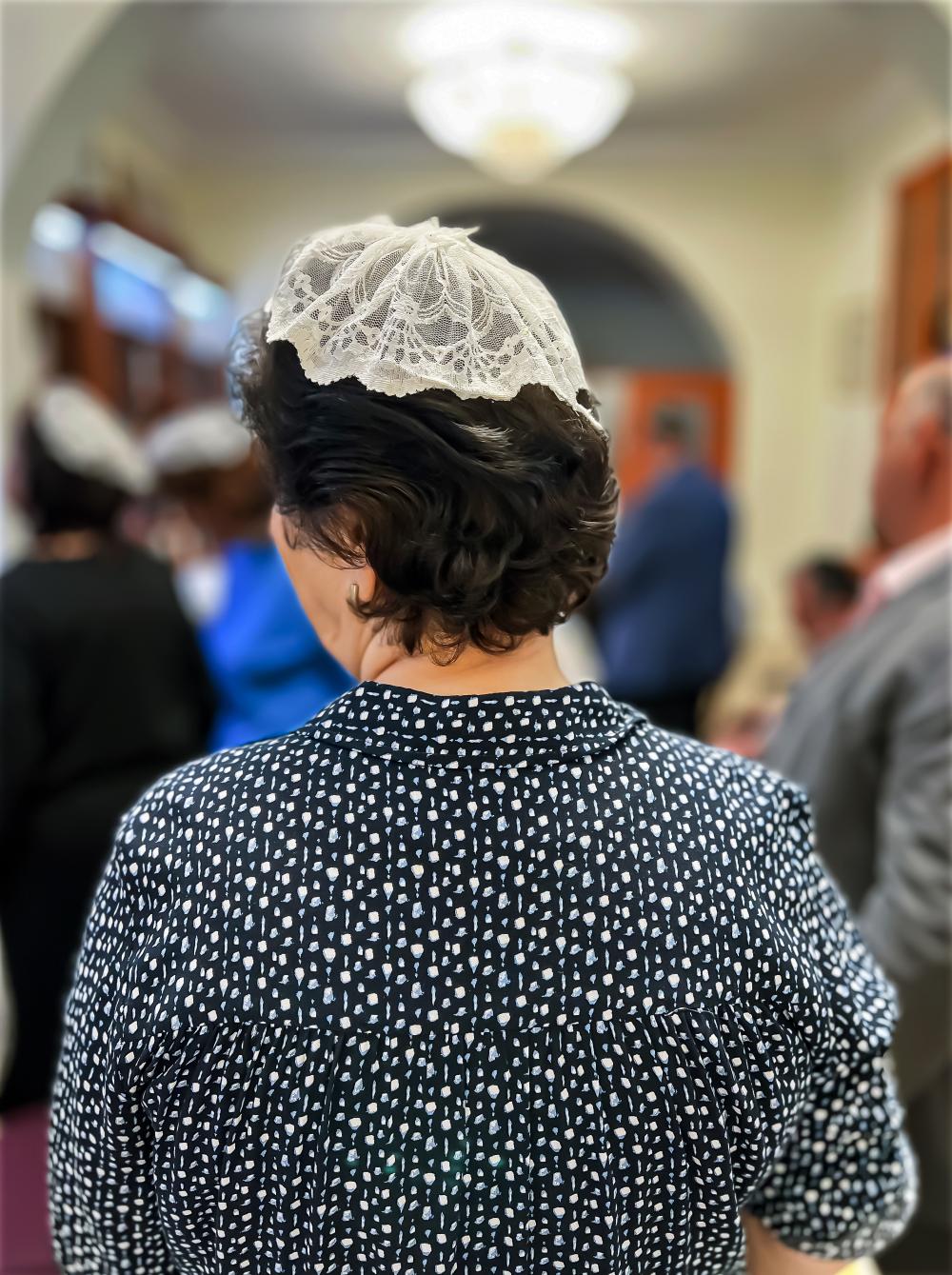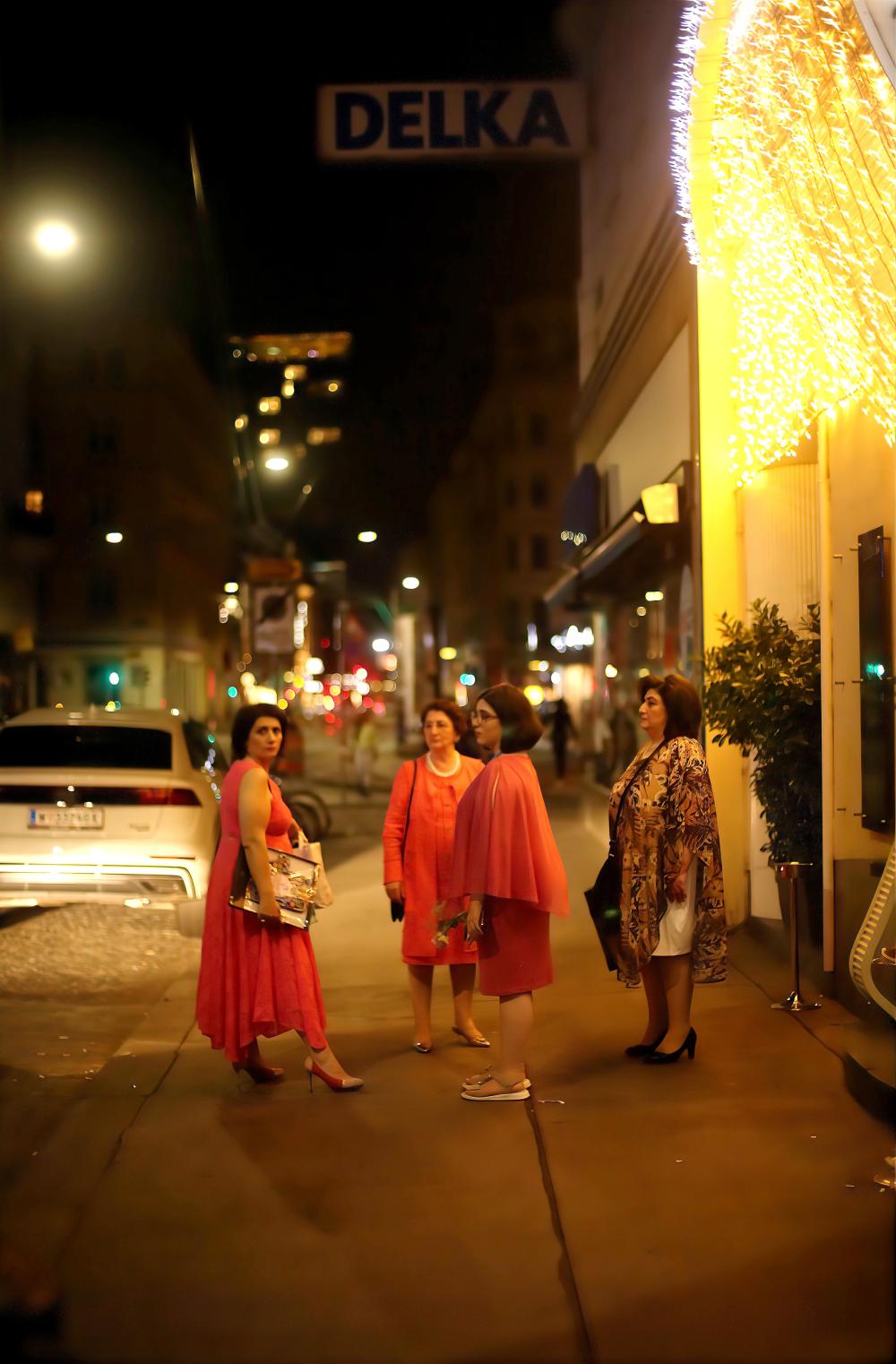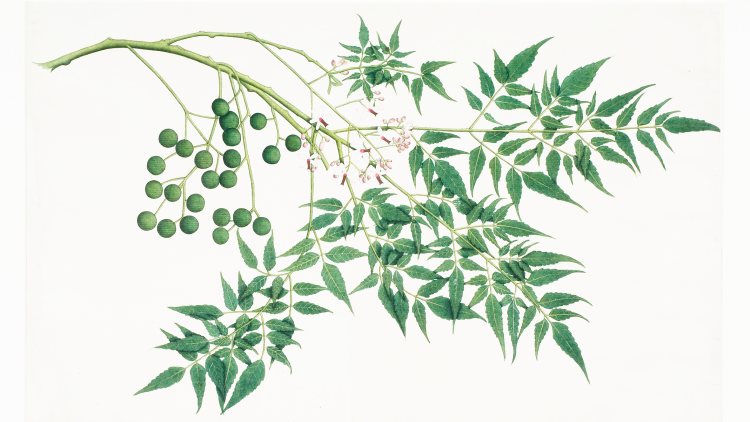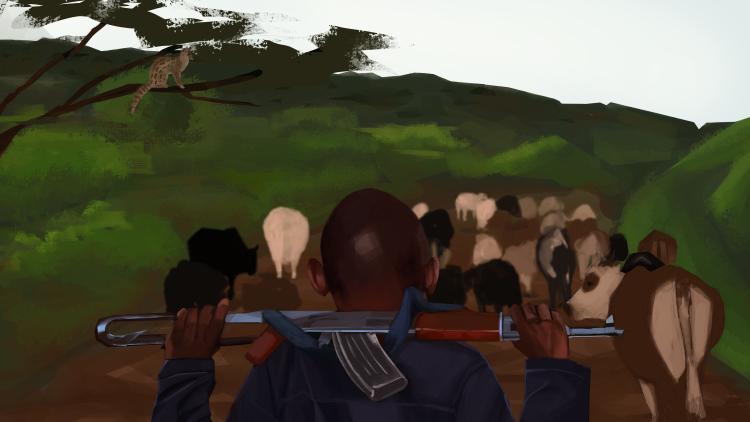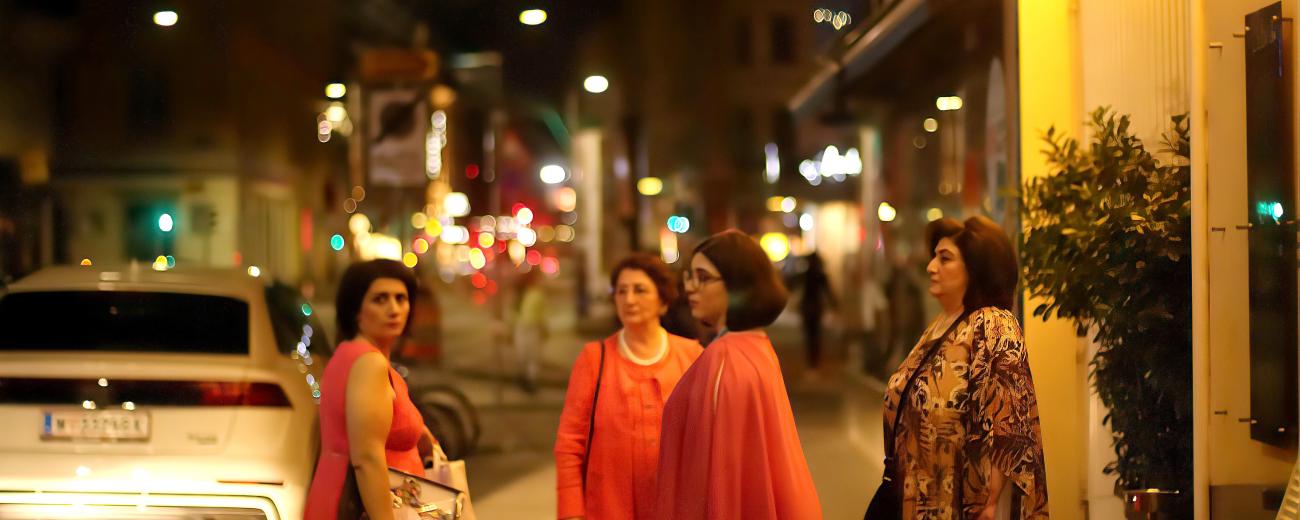
Belonging Flexibly: Non-Muslim migrants from Muslim Asia

Key information
- Date
- to
- Time
-
10:30 am to 5:00 pm
- Venue
- SOAS Gallery
- Room
- SOAS Gallery, upper floor photography gallery
- Event type
- Exhibition
About this event
'Belonging Flexibly' tells the story of non-Muslim communities from historically Muslim-majority cities in Asia, including (post) Soviet Central Asia, that migrated out of the region due to political instability, international intervention, and civil conflict.
The exhibition emphasises the ongoing importance of their cities of origin to these communities’ sense of belonging, their cosmopolitan skills and their nuanced ways of dealing with diversity in the context of life in the diaspora.
Multiple perspectives
The photographer Moska Najib has produced vivid images that explore the diverse diasporic experiences of multiple communities, including Sikhs and Hindus from Afghanistan and Bukharan Jews from Uzbekistan and Tajikistan. These photographs are informed by the wider research activities of a project team that has also explored the migratory trajectories of Afghan Jews, Syrian Jews, Christians and Central Asian and Afghan Muslims.
The photographs provide a lens into the new settings in which these communities now live as well as into their geographically expansive orientations and flexible rootedness.
Afghanistan’s Sikh and Hindu communities
Photographs document the vibrant communities of Sikhs and Hindus from Afghanistan who have been living in London since the 1990s. The photos illustrate the ongoing importance of the ties of Sikhs and Hindus to Muslims from Afghanistan, and significance of these ties for the forms of trade and commerce that sustain their livelihoods and collective identities.
Bukharan Jews
Photographs explore the Bukharan Jewish community in Vienna that emerged in the 1970s and have reinvigorated Jewish life in the historic Jewish neighbourhood of Leopoldstadt. Alongside Bukharan religious infrastructure catering for observant Jews, the photograph illustrate the persistence of traditional Bukharan occupations and professions.
Syrian Armenians
The photographs shed light on the interfaces between Syrian Armenian Christians living in Armenia and Muslim tourists from Iran, the Gulf and the Arabic-speaking Middle East. The images reflect the claims of many Syrian Armenians in Armenia that they maintain closer cultural and commercial bonds with Muslims from Syria than with Arab Christians in Syria.
Research Overview
The exhibition stems from the Afterlives of Urban Muslim Asia project at the University of Sussex, University of Cambridge and Copenhagen University. The project is funded by the AHRC, and maps the migratory trajectories of non-Muslim residents in major cities in the region and explores the forms of attachment that these communities have maintained both with cities in the region and their Muslim populations.
It does so with the aim of offering critical insights into forms of belonging that transcend sectarian and national identity and to enable a deeper understanding of cultural heritage.
Organisation
'Belonging Flexibly' is curated by Moska Najib, an award-winning photographer based in Delhi, with the input of Magnus Marsden (Professor of Anthropology at the University of Sussex), Vera Skvirskaja (Associate Professor, Department of Cross-Cultural and Regional Studies, Copenhagen University) and Paul Anderson (HRH Prince Alwaleed Bin Talal University Associate Professor in Middle Eastern Studies, University of Cambridge).
Image credit: Moska Najib
